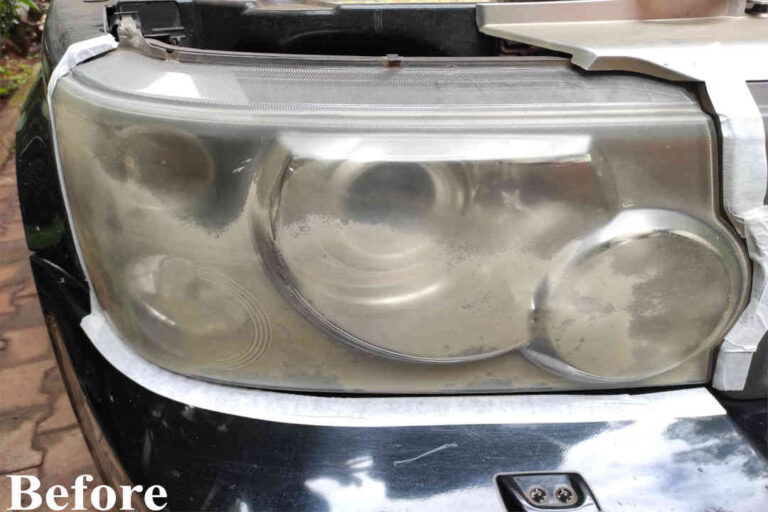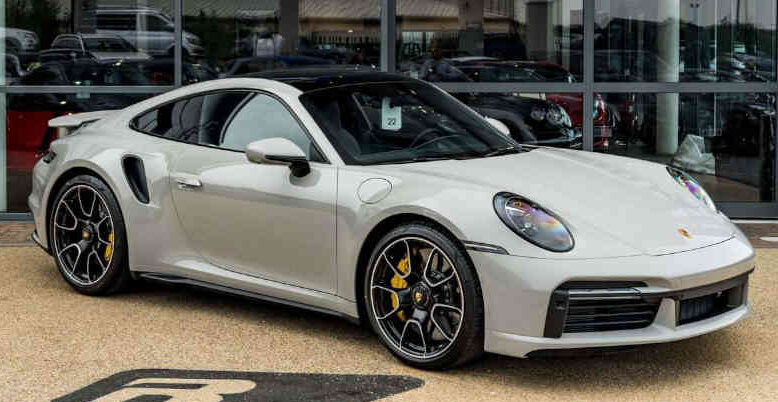Protecting your Headlight from Oxidation
Headlights become dull or oxidized because of the Sun, specifically UV rays. It is much easier to avoid a problem than to find a solution. It is therefore prudent to get acquainted with the most effective ways to protect your car from UV rays.
Without protection, headlights will eventually be unclear. What we call oxidation is the yellowish color we see on headlights after years of exposure caused by rays of the Sun breaking down the polycarbonate plastic. Specifically, it is the UV rays from the sun that cause oxidation. Therefore, to prevent oxidation, one must take into consideration UV protection.
Lucky for us there are plenty of solutions available to help us with this. They mainly include:
- Wax
- Sealants
- Ceramic Coating
- Silica Spray Sealants
- Paint Protection Film/ PPF
The key thing for all these products is that they all MUST have UV protection properties. Please do confirm this before investing in any of the solutions; otherwise, it is pointless. While we are discussing the protection of the headlight, the approach is similar to the protection of the car, so it is best to apply these techniques to the entire car, including the headlights.
Table of Contents
Waxing
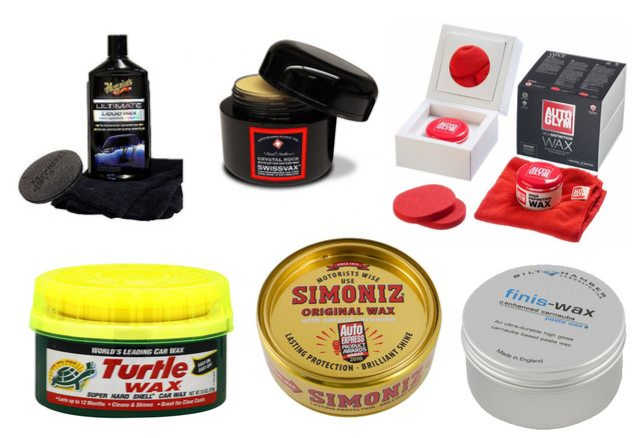
This is the most basic protection for your car. It is also affordable, and easy to apply and maintain. Waxes come in either liquid or solid form. In addition to UV protection, there is also additional protection from the elements. This includes dust and water. Waxes have great protection properties and enhance water beading instead of water directly attaching itself to the paint or headlight. Waxes also enhance the shine of your car.
Waxes offer protection of two to three months and are best when applied as frequently as possible especially after washing the car. Applying wax to your car and headlights as often as possible should provide great protection and will have that new look finish last much longer.
Sealants
Most waxes are derived from nature/plants, and sealants on the hand are synthetic. This means that they are mostly engineered to provide longer-lasting protection as compared to waxes. The upside to this is that they provide much long-lasting protection as compared to waxes and the protection properties are also superior compared to waxes. So greater water beading properties and protection from the elements. This makes it easier to wash and maintain the car. Sealant protection lasts for five to six months.
As much as we are protecting the headlights the solution works the same when applied to the car so the sealant will be applied to the whole car as well.
The downside to sealants is that the gloss or shine is inferior compared to that of waxes as a result it is best to apply waxes after sealants to get that shine and of course more protection.
Ceramic Coating
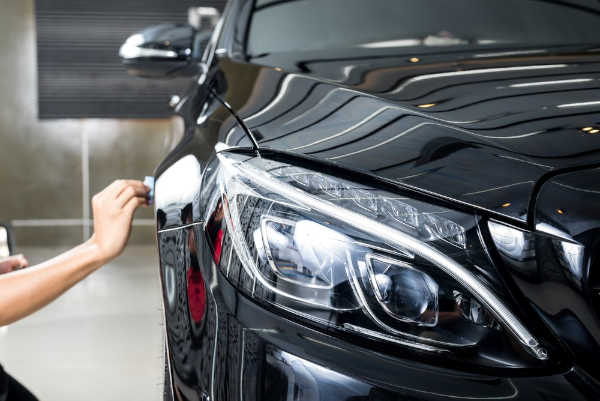
This is by far the most advanced form of protection from UV light and car protection in general. Ceramic coating is three times harder than clear coat paint on the car. It has even greater gloss and protection from the elements compared to waxes and sealants. Protection from ceramic coating lasts from three to five years depending on the brand and the application process. It also makes the car far much easier to clean and maintain.
The downside to ceramic coating is that it requires a professional application. Even if you are going to do it yourself, you will still need to follow the instructions. A tutorial is even better so as to avoid mistakes. If applied incorrectly it might also damage the look of the car. The ceramic coat is also sensitive to water and hence requires a top coat to be applied after the ceramic coat. As a result, ceramic coating comes in two viles. If done correctly, then the ceramic coating is by far the best option for UV protection and car protection in general.
Silica Spray Sealants
These came about as a result of fusing the properties of ceramic coating onto sealants and waxes. They are far superior to waxes and sealants but not as good as a ceramic coating. They are in liquid form and are easy to apply as waxes. They last from six months to a year depending on the brand and most are labeled as ceramic waxes.
Paint Protection Film/ PPF
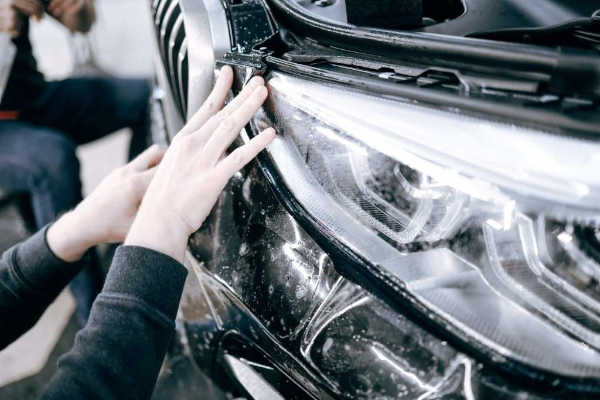
Unlike the other forms of protection discussed earlier, PPF is in form of plastic sheets that are applied to the car for protection. For UV protection the film must be treated with UV protection from the factory. This is a superior ceramic coating because the PPF I is thicker and can lock in the car’s look far much better. PPF acts like paint only that it isn’t. It can protect the car from UV rays, water, dust, rock chips, scratches, and physical damage. The best thing is that if it gets destroyed you can easily replace or repair the damaged part. Also when removing the film, the car is as good as new. PPF also has great gloss and can be enhanced further by applying waxes, sealants, and ceramic coating it. PPF when applied correctly can last more than five years.
The main challenge to applying PPF includes the cost involved. Great PPF is expensive to purchase. It also requires a professional application. I wouldn’t recommend doing it yourself as the product is hard to work with and requires experience. Even with these challenges, it is still the superior form of protection and worth the investment.
With all these forms of protection in mind, there is always an option to protect your headlights and your car. From the simplest to the most advanced you can protect your car from oxidation and so much more. Prevention is better than cure as the old adage goes. Make an informed decision today and have your car looking in the best shape that it has ever been.


